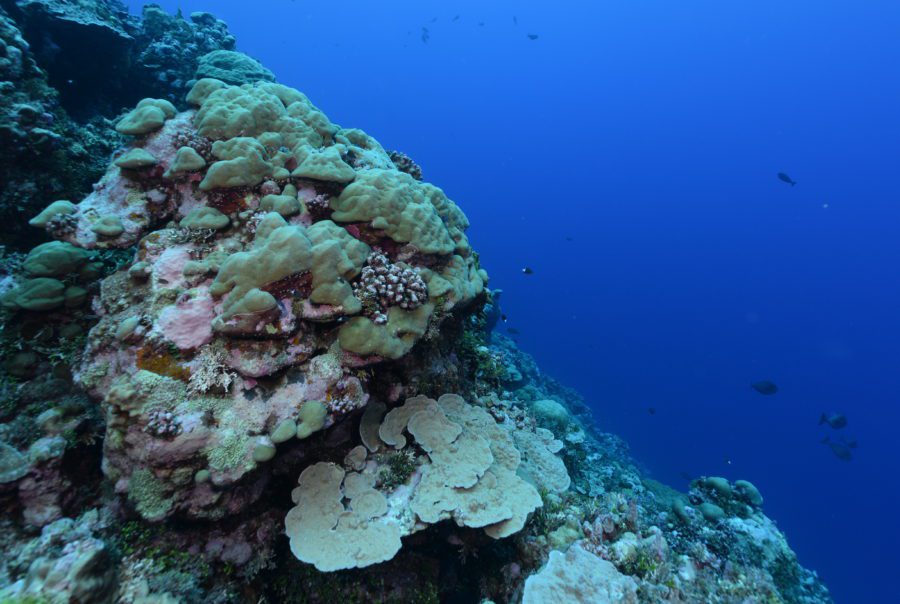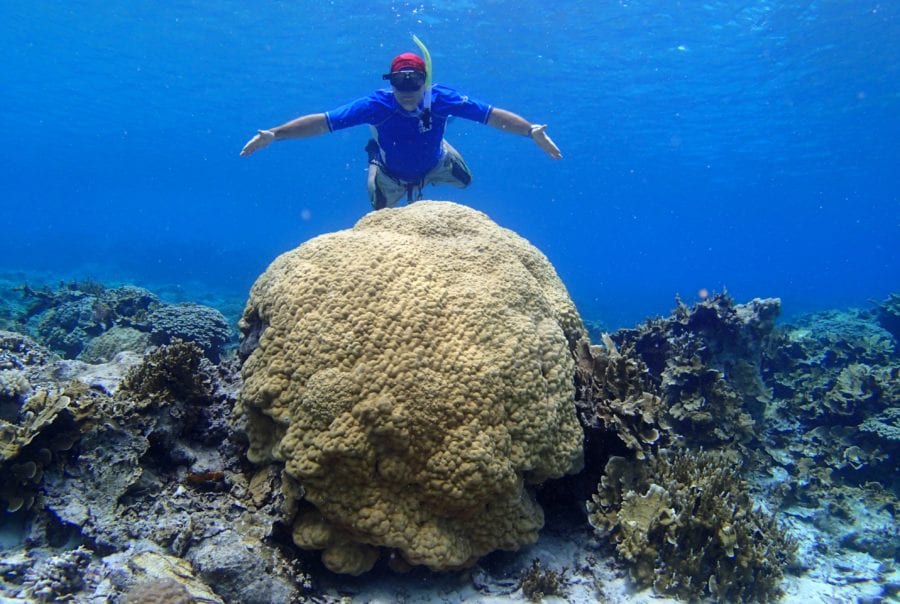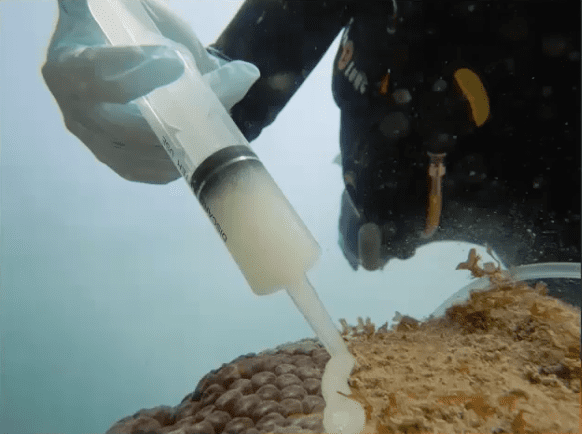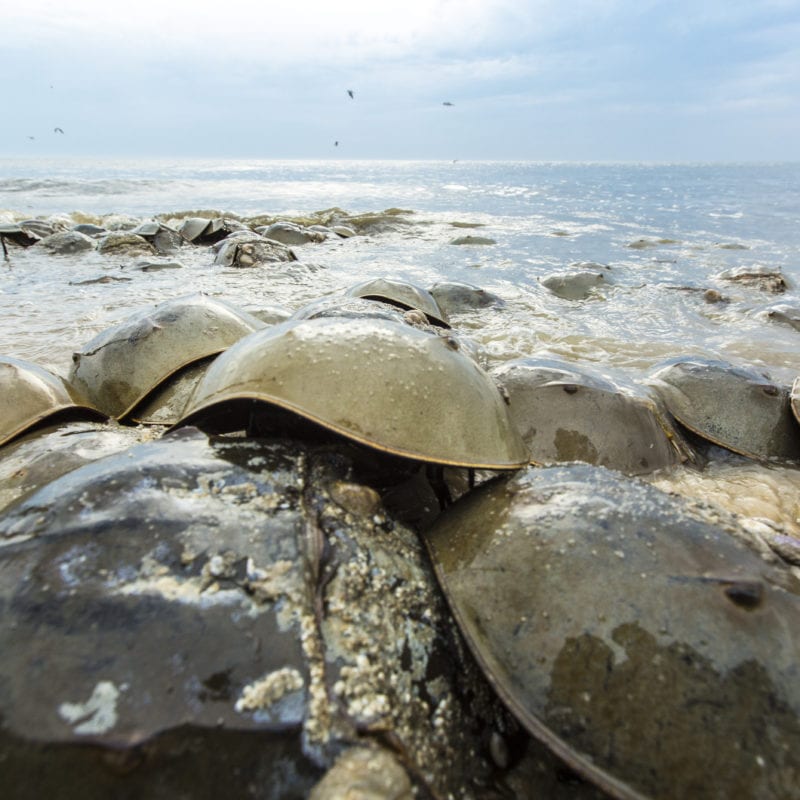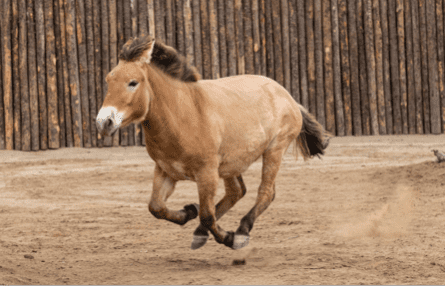Revive & Restore is reimagining a future for all of us, and to get there we must invest in innovative technologies. Our incredible successes and growth in 2021 tell us that we are on the right track. We started the year by significantly increasing the number of projects we are funding through the Catalyst Science Fund, and we are excited for what’s coming in the new year.
INTENDED CONSEQUENCES
On the TED Main Stage
The concept of “Intended Consequences” encourages all of us to recognize the potential benefits biotechnology can bring to conservation so that we may work toward the future we want. In September, Revive & Restore’s Executive Director, Ryan Phelan, brought this new perspective to the world in her TED Talk “Intended Consequences of Helping Nature Thrive.”
Ryan makes the case that we cannot allow the fear of unintended consequences to stifle innovation. Too often, a fear of uncertainty results in inaction, which can lead to extinction. In her talk, Ryan shares stories of species saved from the brink of extinction thanks to biotechnology. If we want to solve the biodiversity crisis, we need to reconsider how we think about risk, including the risk and consequences of doing nothing.
A Special Issue
In April, we published a collection of eleven articles about Intended Consequences in a special issue of the journal Conservation Science and Practice. The articles examined the multifaceted issue from a broad range of perspectives; and were authored by experts in the fields of conservation biology, biotechnology, social science, and environmental ethics who participated at our Intended Consequences Workshop in June of 2020. We hope the issue helps people understand what new conservation interventions can accomplish if uncertainty is acknowledged and innovation is embraced. The Intended Consequences special issue is open access, and freely available to the public.
Watch Ryan’s TED talk
Or listen on Apple Podcasts
“Emerging technologies of genetic engineering could help species better adapt to climate change, and solve invasive species and wildlife disease problems. But very often these technologies never get out of the starting gate because of the fear of Unintended Consequences. We need to flip that—and think first about the Intended Consequences.”
–Ryan Phelan, Executive Director
Revive & Restore
CATALYZING SCIENCE WITH THE CATALYST SCIENCE FUND
“All too often, funders are hesitant to support an idea until it’s been fully tested and proven. Our Catalyst Science Fund is here to close that gap. Through the fund, we support proof-of-concept science that advances the development of new biotechnology tools for conservation. In order to address the biodiversity crisis, we must innovate.”
–Bridget Baumgartner, Program Manager, Catalyst Science Fund
Revive & Restore

The secrets to our success (or why we stand out from “traditional” research funders)
- We don’t do incremental research. We design projects that will push the field forward either in (1) critical understanding of an important problem or (2) in developing new capabilities for making lasting impacts across several problems.
- We don’t shy away from risky projects. Instead, we mitigate risk with careful project planning and active management.
- We engage expertise from other fields. Risk is relative to what you know how to do. We seek partnerships between researchers with complementary skill sets so that we don’t reinvent the wheel.
- We set clear goals and milestones to prevent projects from getting off track. We also promote a fail fast approach to obtaining goals.
In 2021 we significantly increased the number of projects we are funding through the Catalyst Science Fund. We are currently managing 36 active research projects. We put our largest dollar amount yet, $4.3 million, toward funding projects we believe have the potential to transform how we save species. Cumulatively, we’ve awarded $7,076,008 to innovative scientists around the world.
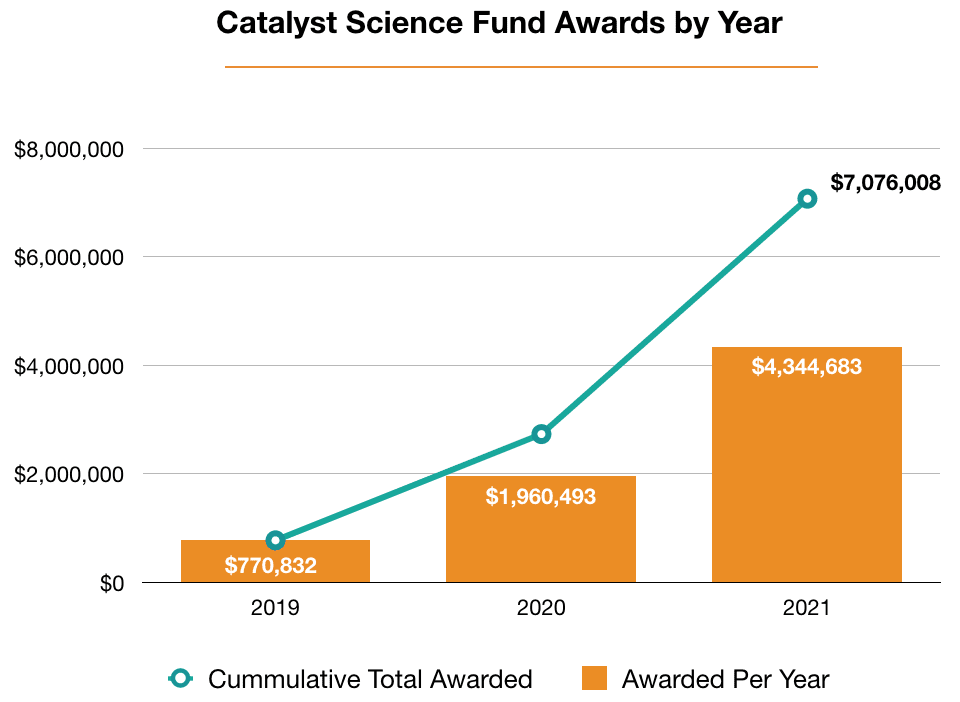
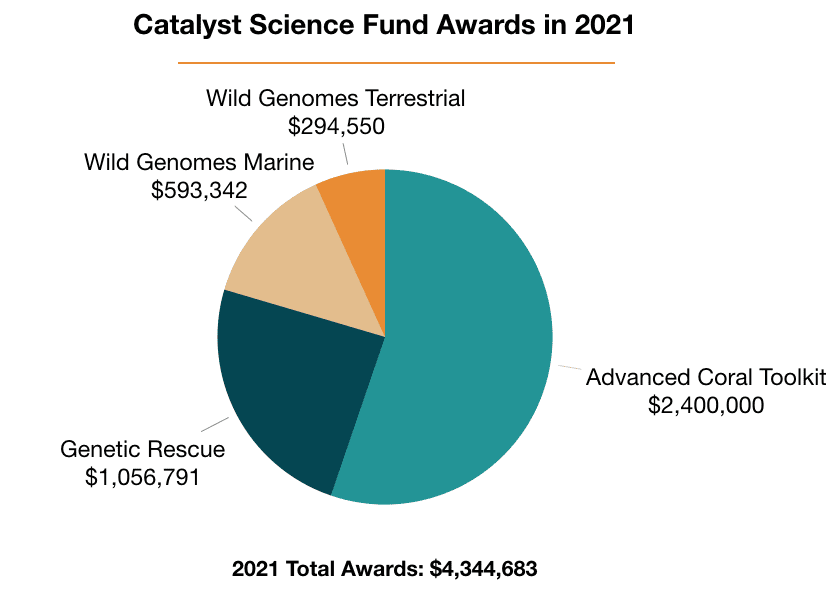
New tools are emerging to protect and engineer corals
Living reef at mesophotic depths, Pohnpei. Photo by Dan Barshis, ODU
A healthy Porites coral colony, Ulithi Atoll. Photo by Giacomo Bernardi, UCSC/OPOR
Applying coral probiotics in the field. Photo by Hunter Noren, UNC
The Challenge
Coral reefs are some of the most diverse ecosystems on our planet. They support more species per unit area than any other marine environment. Coral reefs protect coastlines and provide food, jobs, and security to over 500 million people. Today, 50% of the world’s corals have already been lost with as much as 90% loss projected by 2050. We are running out of time to take action.
Our Solution
We launched the Advanced Coral Toolkit program in 2020 to support the development and fielding of new biotechnologies that have the potential to greatly benefit coral resilience and restoration efforts.
In 2021, we added four projects to our Advanced Coral Toolkit program, bringing the total number of projects up to eight. Scientists received funding to pursue innovative projects that include:
- Developing a new cryogenic preservation technology for coral fragments.
- Analyzing the genome of a fast-growing coral species, with the aim of uncovering genetic mechanisms of climate-change resilience.
- Using the latest biomedical technologies, to improve workflows for testing potential probiotics effective against the Stony Coral Tissue Loss Disease.
- Streamlining coral genotyping with a customizable microarray to aid restoration in the field.
What’s Next
The Advanced Coral Toolkit will grow and expand in scope over the coming years. We aim to develop and test additional tools to further increase the options available for coral restoration. Early signs of success in the lab are encouraging and in the next chapter of the program, we also intend to advance towards field trials. We’re currently in the planning phase: identifying needs, prioritizing, and working out specifics for the next round of projects. You can learn more about the many exciting projects we are funding through the Advanced Coral Toolkit here.
The Challenge
Biobanking and genetic sequencing are foundational tools that could be instrumental in species restoration efforts. Unfortunately, they are not routinely used as part of species management in conservation. We aim to change that.
Our Solution
The Wild Genomes program was launched in 2020 to generate a showcase of successful sequencing-informed conservation projects. Wild Genomes is a topic-based competitive program that invites proposers to suggest ways that genomics and biobanking can be added to inform decision-making in their existing wildlife management or conservation projects. We know these success stories will help accelerate the adoption of these effective tools for wildlife conservation.
In 2021, Revive & Restore awarded 18 projects in 8 countries, representing 28 species facing conservation threats around the world—from the jaguars of Bolivia and narwhals of East Greenland to discovering the most suitable living relative of the extinct Xerces blue butterfly in an effort to fill its ecological role in the restored dune habitats of San Francisco’s Presidio.
What’s Next
For the third Wild Genomes competition, we are exploring potential new topic areas. We are debating the merits of an ecosystem-based theme (eg. forests) or a threat-based theme (eg. wildlife disease). Genomics and DNA sequencing can inform many different categories of management decisions, so if you have good ideas, let us know.
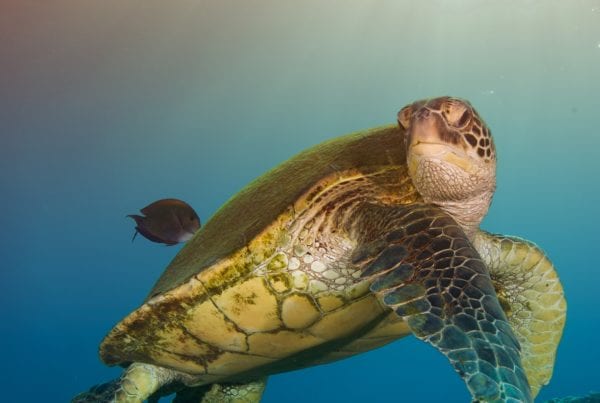
Sea Turtle. Photo by Gregory Piper

Brown Sea Cucumber. Photo by Carmelo López Abad, iNaturalist (CC BY-NC)
CUTTING EDGE CONSERVATION
The Black-Footed Ferret: Biotech to the Rescue
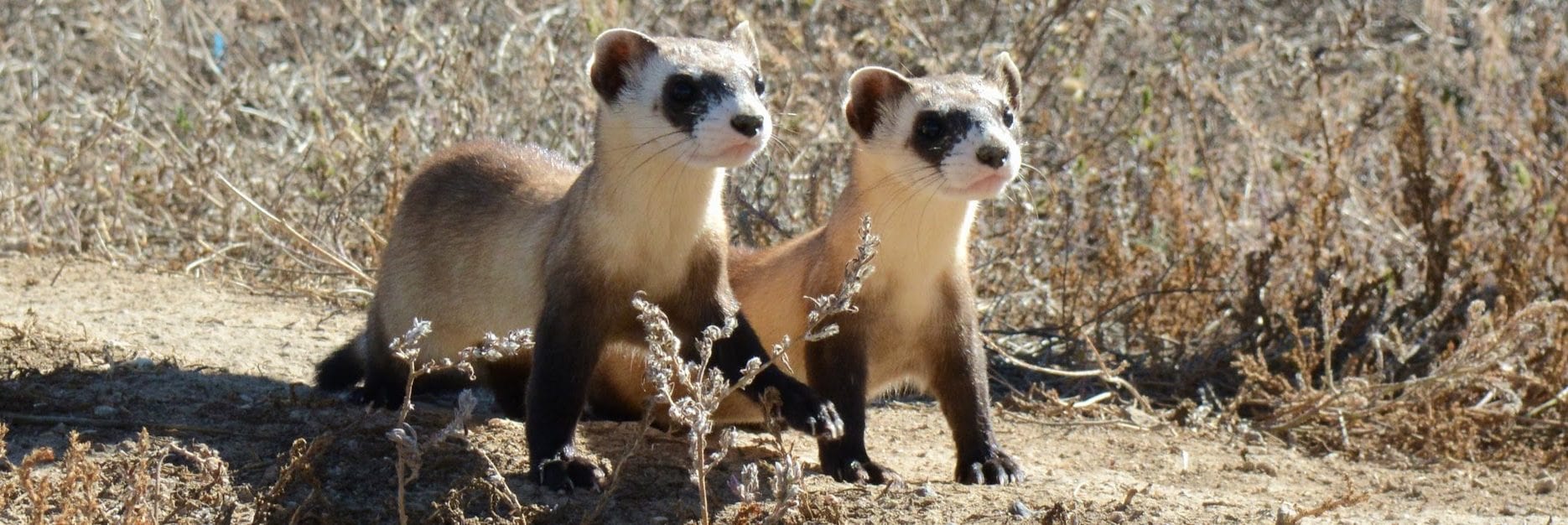
The Challenge
With low genetic diversity and ongoing threats from the deadly disease, sylvatic plague, the Black-footed ferret is one of the most endangered mammals in the United States.
Our Solution
On December 10, 2020, “Elizabeth Ann”, the world’s first cloned Black-footed ferret, was born. Revive & Restore lead the effort by bringing together scientists, industry, and nonprofit organizations to use biobanked cells from 1988 (when tissues from a wild-caught Black-footed ferret were cultured and cryopreserved). Elizabeth Ann is now the most genetically valuable Black-footed ferret alive. News of her birth attracted 1.36 billion viewers the first week, with continued interest as her story unfolds.
Cloning is a milestone for conservation and an important component of the genetic rescue toolkit. Up until this point, cloning for conservation purposes had not moved beyond basic research, while cloning for agricultural purposes had become widely used since the early 2000s. Over the course of 2021, Revive & Restore increased public interest in this healthy, vibrant, Black-footed ferret with a 30-year-old genome and we continue to leverage the good news to inspire conservation interventions for other species. We are building out the plan to clone additional Black-footed ferrets to further increase genetic diversity in the recovery program.
What’s Next
Elizabeth Ann’s journey is far from complete. In 2022, Elizabeth Ann will be bred and we are all thrilled to imagine the next several generations of Black-footed ferrets carrying her valuable genetic diversity into the wild population. One day, the descendants of Elizabeth Ann will be released into the wild.
In 2022, Revive & Restore will be spearheading a solution to combat sylvatic plague, which is lethal to Black-footed ferrets. With a diverse group of partners, we are developing a cutting-edge synthetic biology approach that will enable Black-footed ferrets to coexist on a landscape riddled with plague.
BIOTECH FOR BIRD CONSERVATION: MAKING THE IMPOSSIBLE, POSSIBLE

Left to right: Somali Ostrich (Vulnerable), Wrinkled Hornbill (Endangered), Philippine Eagle (Critically Endangered), Black Stilt (Critically Endangered), Guam Kingfisher (Extinct in the Wild)
The Challenge
Cloning for conservation is a bold, new approach, but has been limited to mammals. Birds are in need of genetic rescue—recent reports indicate that one-eighth of all bird species are currently threatened with extinction, and half of all birds are declining. While it is possible to clone mammals from biobanked cells, there is currently no viable way of similarly intervening to restore genetic diversity in birds. Part of the reason we can’t clone birds is that the egg itself is huge and it is difficult to locate the tiny white nucleus.
Our challenge is to adapt and innovate biotechnology to build a reproductive strategy analogous to cloning. If we can learn to manipulate the unique reproductive biology of birds, we aim to save as many bird species as soon as we can.
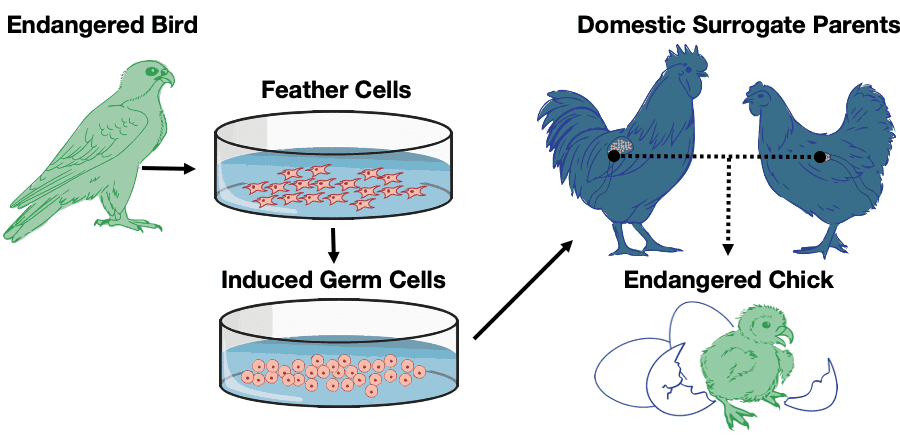
Our Solution
To meet the challenge, we brought together world leaders in avian conservation and advanced biotechnologies in October 2021 for a three-day workshop. Participants discussed the challenges of translating existing biotech that has shown early success in domestic chickens to wild birds. Together we brainstormed new technologies needed to build a robust biotech toolkit for bird conservation.
What’s Next?
As a result of the workshop, the International Avian Genetic Rescue Consortium was formed to collaborate on furthering the science of primordial germ cell culture conditions. Robust cell culture technique is a critical first step in advancing genetic rescue strategies and building support for the larger investment needed to accomplish the consortium’s goals. With labs and field teams collaborating among the U.S. (including Hawaii – the bird extinction capital of the world), the United Kingdom, Germany, France, Korea, Japan, and Australia, “Biotech for Bird Conservation” will be Revive & Restore’s largest fundraising campaign to date, as we aim to reach $10 million USD to launch the first two years of work.
“Hundreds of bird species are threatened with extinction, despite conservation’s best available tools. What if we could save every bird species from extinction? Our audacious idea is to develop the cellular and reproductive tools needed to help save threatened bird species around the world.”
–Ben Novak, Lead Scientist
Revive & Restore
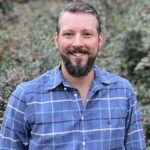
The Challenge
The harvesting of threatened horseshoe crabs for the biomedical industry in the U.S. increased 25% in 2019 and total mortality increased 30%. Horseshoe crabs are bled to produce Limulus amebocyte lysate (LAL), which the pharmaceutical industry continues to use for safety-testing for vaccines, despite the availability of a more sustainable and consistent synthetic alternative called recombinant Factor C (rFC).
The decline in one of the oldest species on the planet also has devastating ripple effects through the ecosystem: the continued harvesting of horseshoe crabs has contributed to a 90% collapse of red knot bird populations and adversely affects other migratory birds and shorebirds that supplement their diets with horseshoe eggs.
Our Solution
The plight of the horseshoe crab provides an ideal opportunity to save a species with the help of biotechnology. In coordination with our partners at the Horseshoe Crab Recovery Coalition, we’re working to save the horseshoe crab by raising awareness and putting pressure on the pharmaceutical industry to recognize the safety and efficacy of the synthetic alternative and to adopt rFC. Over the past year, we have expanded our outreach to pharmaceutical companies to promote the adoption of rFC through various partners.
What’s Next
Eli Lilly has now brought four new drugs to market using only rFC, the synthetic alternative. The Coalition has prominently highlighted Eli Lilly as a poster child for responsible, sustainable, best practices in the pharmaceutical industry. They achieved this success by following the guidance of the European Pharmacopeia on rFC. We will continue to advocate and lobby for regulatory changes within the US Pharmacopeia.
We urge all drug developers to do the same—rely on the European Pharmacopeia guidance to seek approval for future therapies and bypass the US Pharmacopeia until they modernize their guidance to include the synthetic alternative to an unsustainable wild harvest product. This is especially important amidst the rush to develop billions of doses of the coronavirus vaccine.
The Challenge
There are approximately 2,000 Przewalski’s horses left on Earth, thanks to focused and coordinated population management programs. However, all are descendants of just 12 individuals saved from extinction in the early 1900s. For decades, this genetic bottleneck has threatened the existence of these horses with inbreeding and loss of fitness.
Our Solution
To increase genetic diversity, we successfully cloned a Przewalski’s horse, named Kurt, in August 2020. The foal, born to a domestic surrogate mother, is a clone of a male Przewalski’s horse whose cell line was cryopreserved 40 years ago at the San Diego Zoo Global Frozen Zoo.
Kurt represents the first time this species has been cloned, providing an important model for future conservation efforts. Advanced reproductive genetic technologies, including cloning, can save species by allowing us to restore genetic diversity to the surviving population.
What’s next
In August 2021, we celebrated Kurt’s first birthday! We are working with the San Diego Zoo Wildlife Alliance and other partners to ensure that Kurt breeds when he comes of age and the genetic variation carried in his genome is integrated back into the Przewalski’s horse population. We are looking forward to conducting another round of cloning using the same 40-year old cell line, further demonstrating cloning as a tool to fight genetic bottlenecks in recovering populations.
NEW PARTNERSHIPS
Woolly Mammoth R&D now with Colossal
We announced in September the launch of a new biotech startup, called Colossal, focused on the Woolly Mammoth de-extinction project. This for-profit company, co-founded by George Church and entrepreneur Ben Lamm, will seek to commercialize innovative technologies as they are developed in service of reviving the Woolly Mammoth. Revive & Restore is thrilled that this project is finally getting the level of funding it needs ($15M so far). We look forward to watching as Colossal and the Church lab hit the gas pedal on a project we incubated since 2013. Moving forward in 2022 and beyond, Revive & Restore will take on an advisory role and let the Colossal team drive.
Dovetail Genomics
In 2021, we’ve been honored to partner with Dovetail Genomics to generate high-quality reference genome assemblies for our Wild Genomes projects through a program called “A Genome For” or AG4. We will work together to select species and promote the use of the resulting genome for a conservation application.
As a part of our partnership, Dovetail Genomics and Revive & Restore co-hosted a free virtual conference to highlight five projects that are using genomic approaches to aid species conservation. The goal of the conference was to introduce conservation professionals to genomics and provide real on-the-ground examples of how genomics can inform management decisions. The event was well attended with over 800 people registered.
Experiment and Footprint Coalition: Early Stage Support
In early 2022, we are excited to launch with Experiment, an online platform for discovering, funding, and sharing scientific research. Thanks to the support of the Footprint Coalition, we’ll be using the fast-grant experiment.com platform to support early-stage projects pursuing important biobanking outcomes, documenting wild genomes, or pushing the boundaries of genetic monitoring techniques to help test and get these new ideas off the ground.
Special Acknowledgment of our Funders
Revive & Restore would like to extend a very special thank you to the following donors who support the Catalyst Science Fund and enable us to bring biotechnology to the conservation of our planet’s species.
Promega Corporation
National Philanthropic Trust
And all of our valued donors




